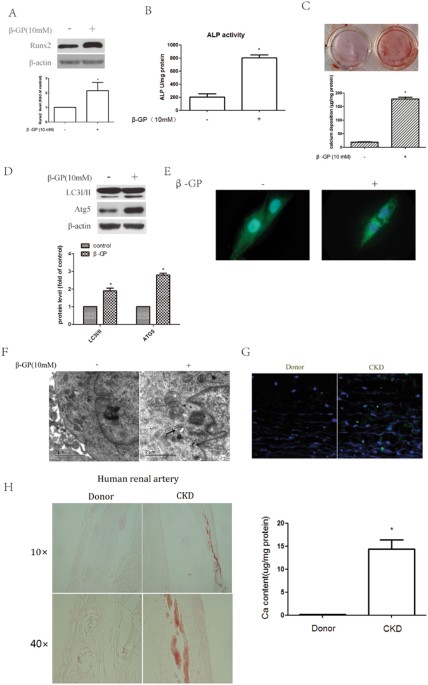It might be a result but how is DHT then supposed to calcify the skull? Why would the body cut off a valid supply route for the follicles?
'Our in vitro investigations revealed that exogenous testosterone and DHT treatment both had striking effects on the induction of VSMC [vascular smooth muscle cells] calcification.'
https://www.ncbi.nlm.nih.gov/pmc/articles/PMC4837411/
'Here, we show that oestrogen inhibits the osteoblastic [bone material-forming] differentiation of vascular smooth muscle cells (VSMCs) in vitro and arterial calcification in vivo by promoting autophagy.'
Arterial calcification is a major complication of cardiovascular disease. Oestrogen replacement therapy in postmenopausal women is associated with lower levels of coronary artery calcification, but its mechanism of action remains unclear. Here, we show that oestrogen inhibits the osteoblastic...

www.nature.com
From the original poster
Timli's link
:
'This, then, not only explains why baldness occurs but also why men are more likely to become bald than women, since bone growth or calcification is generally greater in males than in females.'
'Sodium thiosulfate [which is very cheap and water soluble] has been used extensively and safely to treat calcific uremic arteriopathy (a disease, in part due to calcification of small arteries) in dialysis patients. It increases the solubility of calcium by up to 100,000 fold and is also a potent anti-oxidant.'

clinicaltrials.gov
_____________________________________________________________________________
[Added 19th of January, 2021:]
[2013:]
'
Sodium Thiosulfate: Mythical Treatment for a Mysterious Disease?
[...]
Despite a widely held assumption to the contrary, thiosulfate does not chelate calcium ions and neither inhibits hydroxyapatite [which
makes up most of the human bone structure and
builds tooth enamel] formation nor dissolves vascular calcifications
in vitro [outside a living organism] (
13). Hydroxyapatite formation and vascular calcification are pH dependent within the pathophysiologic range, with alkalosis favoring calcification (
14), and acidosis reduces arterial calcification in uremic animals (
15). However,
thiosulfate is not an acid and it does not alter pH when added to blood ex vivo (
12) and the inhibition of calcification in cultured vessels occurred without a change in the pH of the culture medium (
13).
The expansion acidosis that STS does produce in vivo is too mild to have much of an effect on calcification (
12). [...] Despite an absence of efficacy data in humans,
an uncertain mechanism, and unknown safety, STS continues to be used to treat CUA [
calcific uremic arteriolopathy]. [...]
The beneficial effects of sodium thiosulfate (STS) are thought to be due in part to its ability to enhance the solubility of calcium deposits. STS has a small molecular weight of 248 (Na2S2O3) and in patients with normal renal [kidney] function has a serum half-life of 15 min.
STS facilitates the mobilization of calcium from vessels affected by calcium deposits.'
An abstract is unavailable.

cjasn.asnjournals.org


